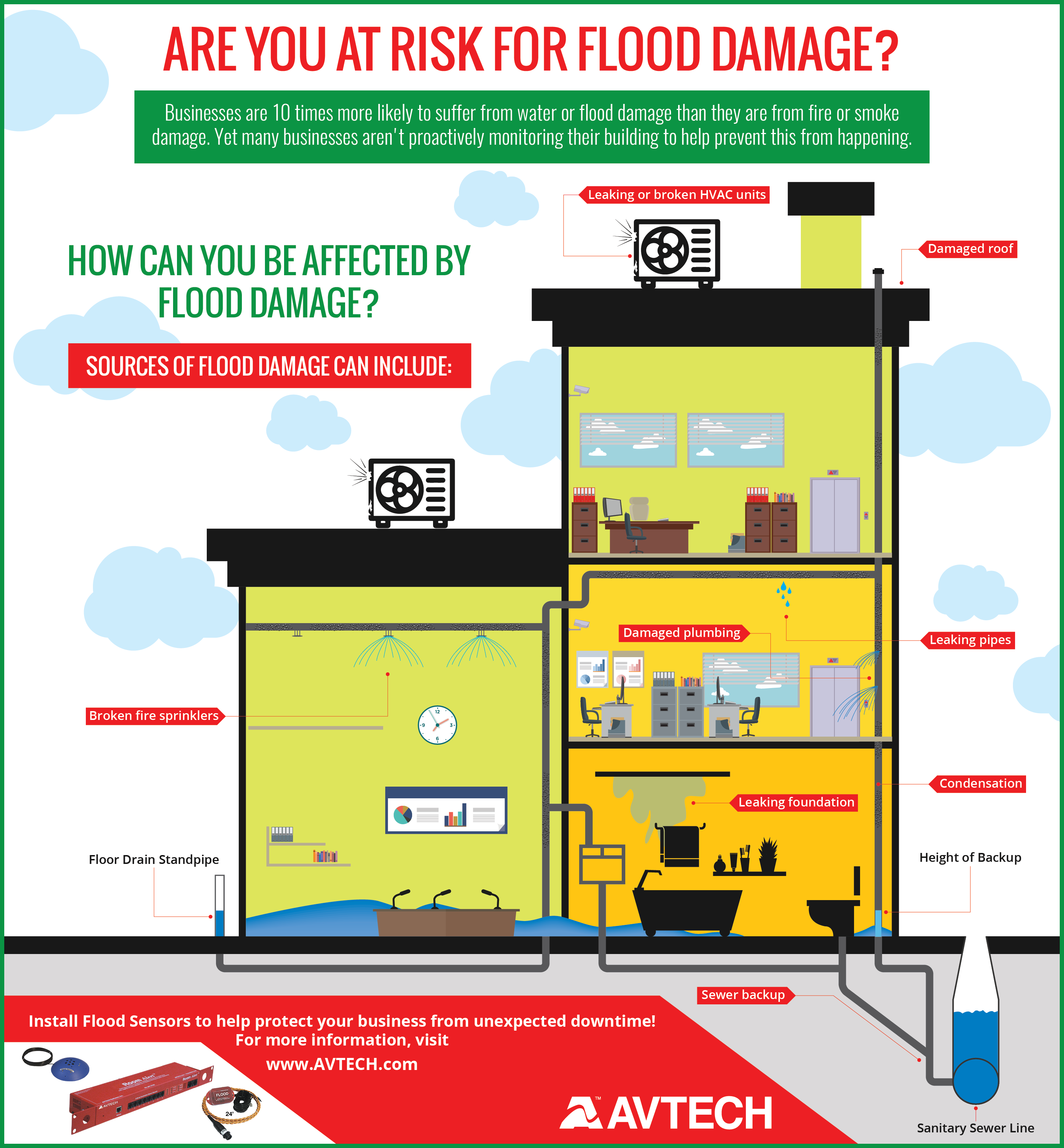Recognizing Weather Condition'S Impact On Roof Covering Setup: Trick Seasons And Issues For A Successful Work
Recognizing Weather Condition'S Impact On Roof Covering Setup: Trick Seasons And Issues For A Successful Work
Blog Article
Material By-Vick Hedegaard
When it comes to roofing system installments, the climate can make or damage the work. Envision the stress of taking care of materials that won't comply because of extreme warmth or fighting slippery surfaces caused by unexpected rain. Understanding the effect of weather on your roof covering task is crucial for an effective end result. So, let's check out just how various climate aspects can affect the top quality and resilience of your roof installment, ensuring a job well done.
Impact of Temperature Level on Roof Setup
When it comes to roofing setup, temperature plays a crucial function in the process. The excellent temperature level for roof covering tasks generally falls in between 45 and 85 degrees Fahrenheit. Extreme heat can cause materials like tiles to come to be too pliable, bring about possible damages throughout installment. On the other hand, chilly temperature levels can make materials fragile and prone to breaking. It's important to arrange roofing system installations during moderate temperatures to make sure the very best end result.
During chillier weather condition, contractors might require to take additional preventative measures such as using heated equipment or enabling materials to warm up before installment.
In contrast, heat might need work to be done earlier or later in the day to stay clear of the peak temperatures. By taking into consideration the temperature level and its effects on roofing products, you can assist ensure a successful installation that will certainly endure the elements for years ahead.
Effect of Precipitation on Roofing Projects
Roof projects can be significantly influenced by precipitation, impacting both the timeline and the quality of the installation. Rain or snow can develop unsafe conditions, making it dangerous for roofing professionals to work with a damp surface. Furthermore, https://professional-roofing-cont62849.blogscribble.com/32482555/analyze-the-fundamental-contrasts-between-metal-and-roof-shingles-roofing-to-figure-out-which-service-fits-your-needs-and-budget-efficiently can compromise the attachment of materials like tiles or underlayment, bring about potential leaks or problems in the future.
If it rains throughout a roof job, the water can seep into vulnerable locations, creating hold-ups as the setup staff have to wait on the roof to completely dry before continuing. Too much wetness can also advertise the development of mold and mildew and mold, more jeopardizing the integrity of the roofing.
To stay clear of these problems, it's suggested to set up roof projects throughout drier seasons or keep track of the weather forecast closely to intend around any kind of prospective rainstorms. By taking precautions to work in positive weather, you can guarantee a smoother and a lot more successful roof installment procedure.
Impact of Wind Speed on Setup Success
Throughout roof covering installation, the rate of the wind plays a crucial duty in determining the success of the job. High wind rates can posture substantial obstacles to contractors, potentially leading to safety threats and top quality issues. When wind speeds exceed advised limits, it becomes difficult to manage materials, raising the danger of crashes and damages to the roofing materials. Solid gusts can additionally influence the precision of dimensions and the precision needed for proper installment.
To ensure visit my home page , it's essential to check and think about wind speeds. Ideally, roofing setup need to take place on days with reduced to modest wind rates. This not just improves the safety of the employees but additionally boosts the overall high quality of the setup.
https://www.facilitiesnet.com/roofing/ set up throughout calm weather conditions are more likely to be completed effectively and with fewer mistakes. By paying attention to wind rate projections and planning appropriately, you can help ensure a smooth and successful roofing system installment process.
Verdict
So, when it concerns roof installation, remember to think about the weather conditions to make sure an effective job. Optimal temperatures, dry problems, and modest wind rates are vital factors to focus on for a smooth setup procedure. By arranging your task during the most effective periods and ideal weather, you can accomplish a long lasting and resilient roofing that will shield your home for years ahead.
